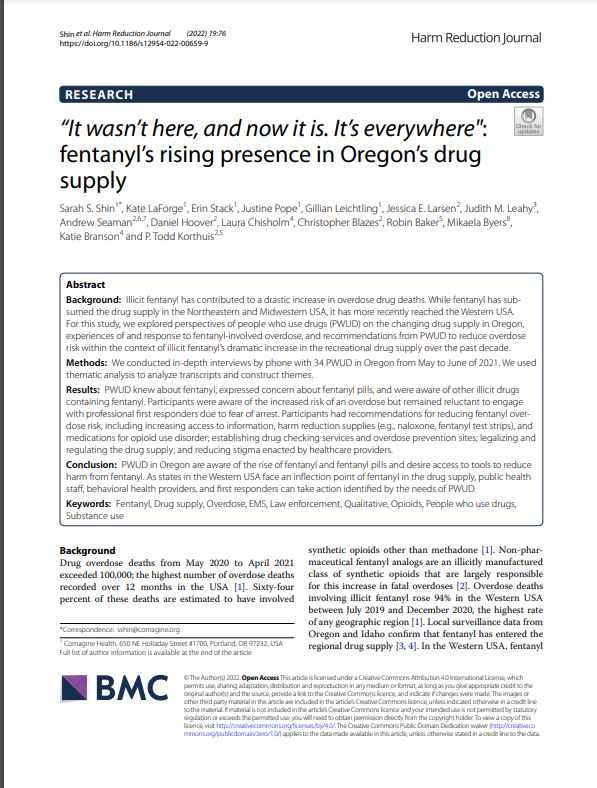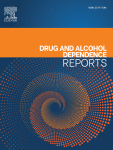By Matthew F. Garnett and Arialdi M. Miniño
Drug overdoses are one of the leading causes of injury death in adults and have risen over the past several decades in the United States (1–3). Overdoses involving synthetic opioids (fentanyl, for example) and stimulants (cocaine and methamphetamine, for example) have also risen in the past few years (1). This report presents rates of drug overdose deaths from the National Vital Statistics System over a 20-year period by demographic group and by the type of drugs involved, specifically, opioids and stimulants, with a focus on changes from 2022 to 2023. Key findings Data from the National Vital Statistics System ● The age-adjusted rate of drug overdose deaths increased from 8.9deaths per 100,000 standard population in 2003 to 32.6 in 2022; however, the rate decreased to 31.3 in 2023. ● Rates decreased between 2022 and 2023 for people ages 15–54 and increased for adults age 55 and older. ● From 2022 to 2023, rates decreased for White non-Hispanic people, while rates for other race and Hispanic-origin groups generally stayed the same or increased. ● Between 2022 and 2023, rates declined for deaths involving synthetic opioids other than methadone, heroin, and natural and semisynthetic opioids, while the rate for methadone remained the same. ● From 2022 to 2023, rates increased for deaths involving cocaine by 4.9% (from 8.2 to 8.6) and psychostimulants with abuse potential by 1.9% (10.4 to 10.6)
NCHS Data Brief No. 522, December 2024. 12p.
Hyattsville, MD: National Center for Health Statistics. 2024. DOI: https://dx.doi.org/10.15620/cdc/170565.


















